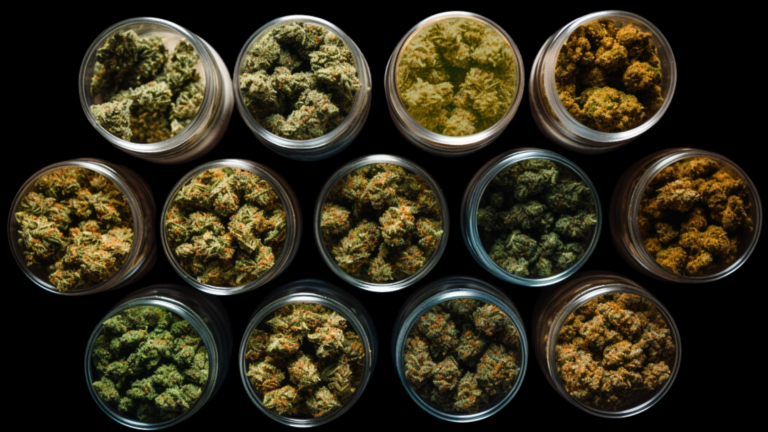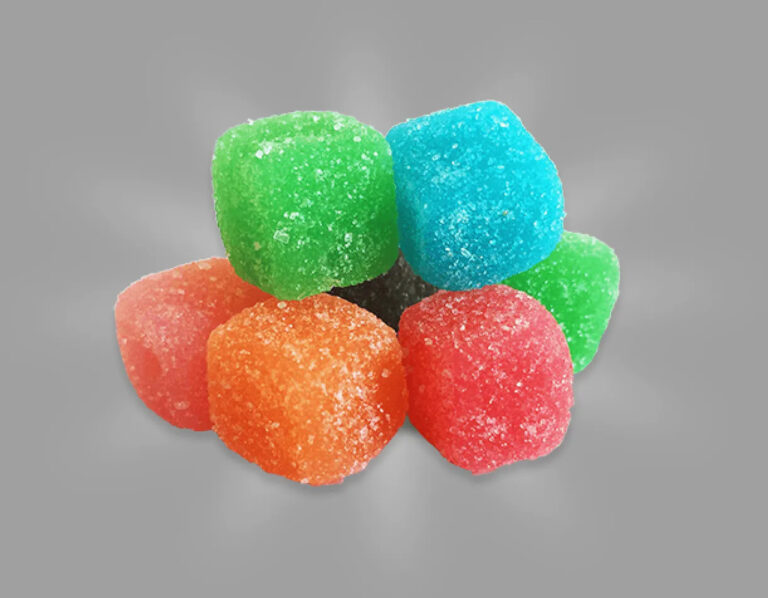An IoT system comprises of sensors/gadgets which “talk” to the cloud through some sort of network. When the information gets to the cloud, software processes it and after that may choose to play out an activity, for example, sending a caution or automatically altering the sensors/gadgets without the requirement for the client.
However, if the client input is required or if the client basically needs to monitor the system, a UI enables them to do as such. Any modifications or activities that the client makes are then sent the other way through the system: from the UI, to the cloud, and back to the sensors/gadgets to make some sort of progress.

What is at present trending in the market of an IoT platform?
- Application programming interfaces (APIs) and a sound methodology around them is winding up progressively critical to ventures taking advantage of IoT.
- IoT platform are getting a lot of consideration in 2017 as most major IoT players moved one out in some structure.
- The
 IoT platform market is anticipated to develop at a Compound Annual Growth Rate (CAGR) of 40% through 2020.
IoT platform market is anticipated to develop at a Compound Annual Growth Rate (CAGR) of 40% through 2020. - Over 1,000 organizations utilize an IoT platform to help their IoT techniques and to make new business esteem in a smart, connected world and for asset tracking.
- In the following five years, IoT platform will deal with the interoperability of around 35 billion recently connected gadgets and their ~44 zettabytes of created information.
- More than three hundred IoT platform are accessible today, the majority of them are moderately new frequently still a work in progress. They contrast by innovative technology, segment focus, and innovation usage advertising.
IoT industry is currently in its booming phase and there is a lot of innovative applications such as asset tracking in the industry that can help businesses grow and progress.






















